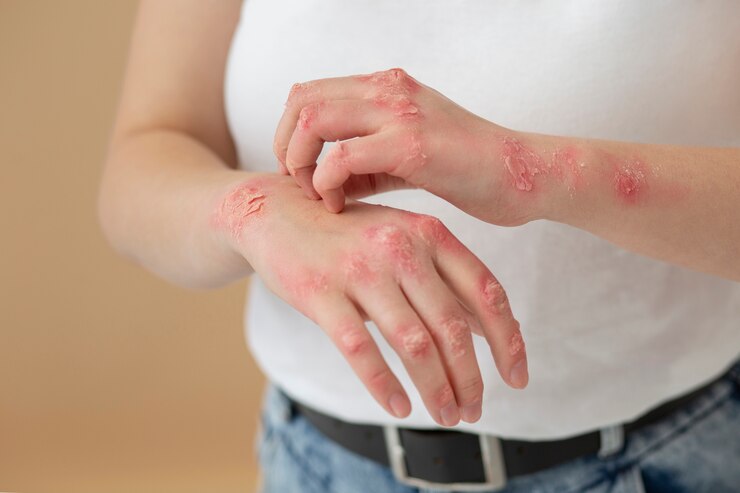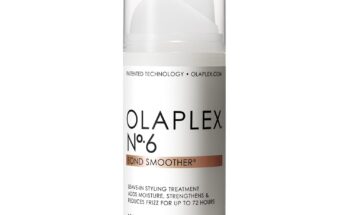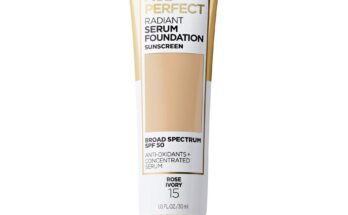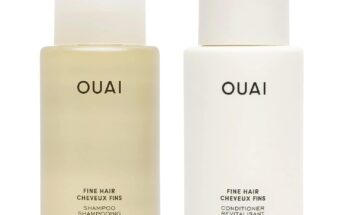Teenagers’ skin issues exhibit a wide range of symptoms and severity. They might be temporary or permanent and are usually painless. Some are caused by environmental factors, while others may be hereditary. Certain skin diseases are mild, while others can be severe.
The most critical treatment for skin of all ages is the daily use of sunscreen, although this age group must be cautious not to use very oily products, as this might worsen underlying acne. Male teens will typically require less greasy sunscreen for their faces than female teenagers. Sunscreens with alcohol or gel bases are beneficial for hairy regions.
Appropriate sleep and diet will also benefit skincare. Finally, individuals of all ages should conduct self-examinations every three months.
Common Skin disorders in Teenagers
There are many different types of skin disorders. The most common types are given below:
Acne
Skin reacts to changes in hormone levels and body composition. For some teenagers, it’s a stray pimple or blemish. It might occur just prior to each menstrual cycle in females. However, outbreaks progress beyond a pimple for some teenagers, resulting in a persistent disease known as acne. It is characterized by the presence of whiteheads, blackheads, and, more commonly, pus-filled pimples. It often manifests in the center area of the cheeks and forehead and is nearly always caused by a hormonal imbalance or hypersensitivity to the body’s powerful hormonal activity during this period.
If acne becomes worse, consult a health care practitioner or a dermatologist as soon as possible. Acne treatment may include the use of professional-strength acne treatments in conjunction with antibiotics. Dermatologists’ offices provide specialized laser or other light treatments, as well as abrasive therapy.
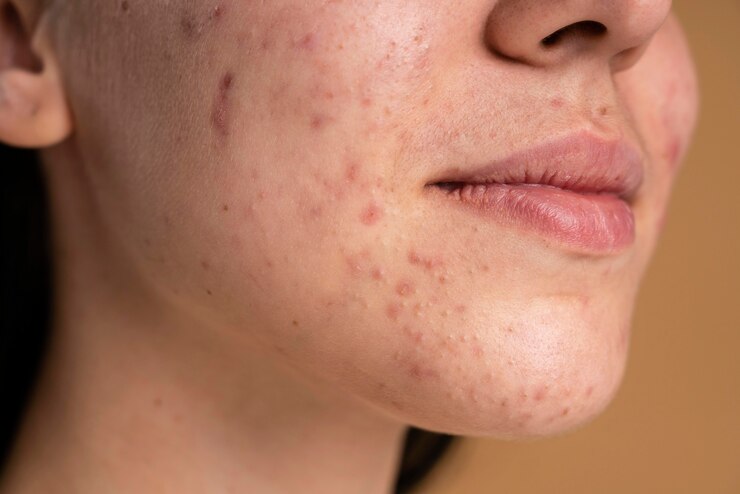
Oily Skin
While oily skin and acne frequently coexist, this is not always the case. Some teenagers suffer solely from greasy skin. If you have an oily complexion but are not breaking out, there are two treatment options. ” You may use topical therapies to mop up the oil, or you can address the fundamental cause of the problem, which is excessive oil production, and shut it down – and both techniques can be quite effective.
Warts
If you’re always putting your hands into your pockets, you may be concealing warts. These fleshy-colored, or occasionally black, lumps and bumps may develop beneath fingernails, on your fingers, on the backs of your hands, or the soles of your feet. Warts are quite frequent throughout the teenage years, occurring when even the smallest blemish might appear to create enormous issues.
There are several wart treatments available. They include freezing the growths using liquid nitrogen or eradicating them by laser or chemical therapy. While treatments are occasionally effective, warts can recur. The most effective approach to avoid warts is to refrain from chewing your nails or hurting your hands. Injured skin appears to be more receptive to wart viruses.
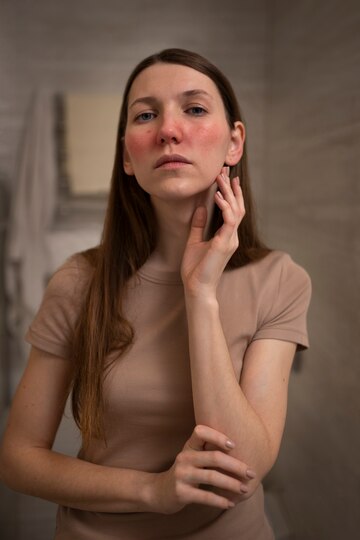
Eczema
Although eczema is more prevalent in younger children, specialists note that these areas of dry, scaly, reddish skin can often persist until adolescence.” Many teenagers who participate in sports have an aggravation of their childhood eczema, usually exacerbated by trauma or athletic equipment worn on the knees or ankles.
This is especially critical if you wash after sports and then venture out into chilly weather, aggravating already dry and irritated skin. Simply apply the moisturizing lotion immediately following a shower, bath, or swim.” If a moisturizer is ineffective – or if the skin begins ‘weeping,’ seeping, or becomes severely red or itchy – it’s time to consult a dermatologist, who may prescribe appropriate medicines.
